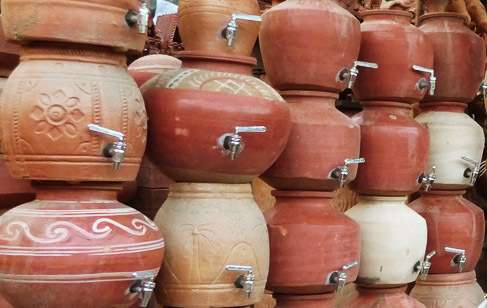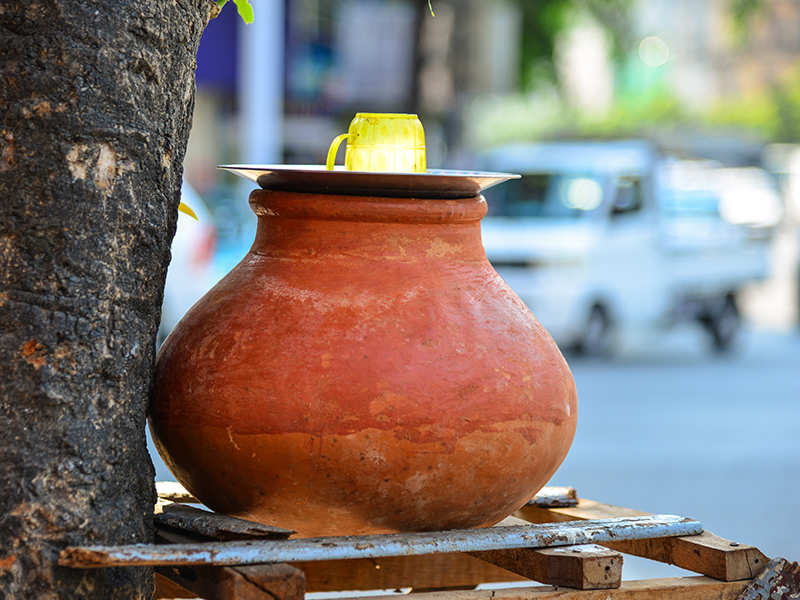Hello there! In this article, we’ll be discussing an interesting topic: the safety of storing water in clay pots. We’ll explore the concept of off-grid living and its relevance to this subject. Throughout the article, we will provide you with valuable information and insights, answering the question of whether clay pot water storage is indeed safe. So, let’s dive right in and discover the fascinating world of clay pot water storage!
Is Clay Pot Water Storage Safe?
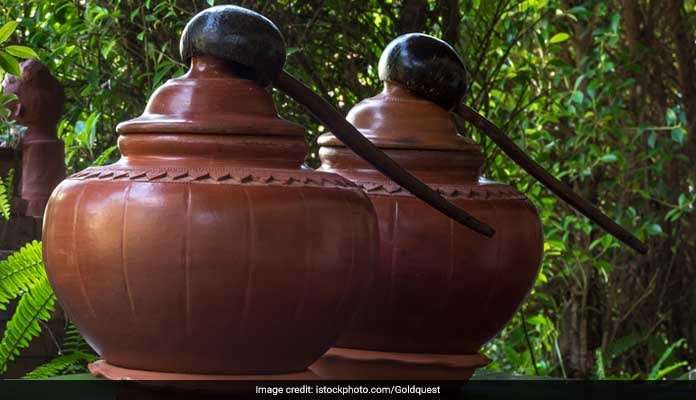
What is off-grid living?
Off-grid living refers to the lifestyle of living without reliance on public utilities such as electricity, water supply, or the sewer system. It involves generating your own energy, sourcing water from natural sources, and implementing sustainable practices to reduce environmental impact. Living off-grid offers individuals the opportunity to disconnect from the grid and embrace a self-sufficient lifestyle.
Benefits of living off-grid
Living off-grid provides numerous benefits, including reduced reliance on fossil fuels, increased sustainability, and lower monthly expenses. By generating your own energy through renewable sources such as solar or wind power, you can significantly reduce or even eliminate your electricity bills. Additionally, off-grid living encourages a more sustainable approach to water consumption, highlighting the importance of conservation and responsible water usage.
Challenges of off-grid living
While off-grid living can be rewarding, it also presents its fair share of challenges. One of the primary difficulties is the efficient and reliable storage of resources such as water. Without a connection to a municipal water supply, off-grid dwellers must find alternative methods to secure and store water for daily use. This is where clay pot water storage comes into play.
The practice of storing water in clay pots
History of clay pot water storage
Storing water in clay pots dates back thousands of years and has been practiced by various civilizations across the world. Ancient Egyptians, Romans, and Indians all used clay pots as a means of preserving and storing water. This traditional method has survived the test of time and continues to be utilized in many parts of the world today.
Traditional methods of water storage
The process of storing water in clay pots involves using porous terracotta vessels that allow the water to gradually seep through the pores, naturally evaporating and cooling the contents. This method not only preserves the water’s taste and quality but also takes advantage of the cooling properties of clay.
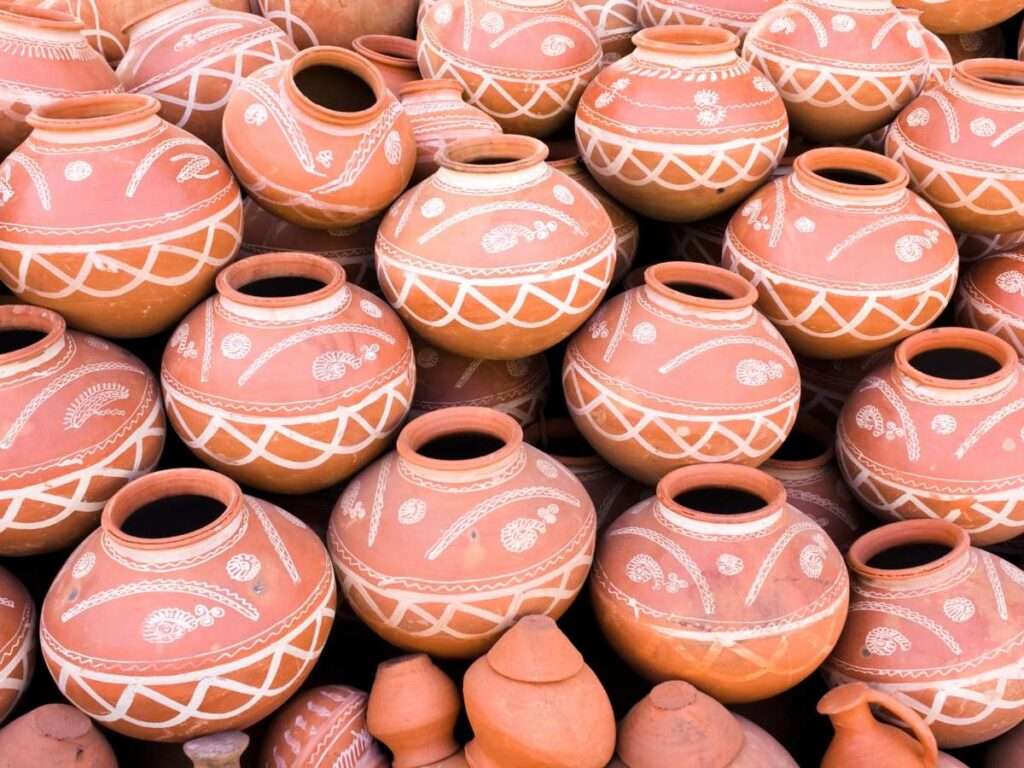
Understanding the safety of clay pot water storage
Factors that affect water safety in clay pots
While clay pot water storage is a widely used technique, it’s essential to consider several factors that can impact water safety. The quality of the clay used, the manufacturing process, and the storage conditions all play a role in ensuring the purity of the stored water. Additionally, proper cleaning and disinfection techniques are crucial in maintaining a safe water supply.
Potential risks and contaminants
If not properly maintained, clay pots can potentially introduce contaminants into the stored water. Cracked or chipped pots, improper cleaning, or exposure to unclean surfaces can increase the risk of bacterial growth or other harmful substances leaching into the water. Therefore, it is crucial to follow the recommended guidelines to ensure the safety of clay pot water storage.
Advantages of using clay pots for water storage
Natural cooling properties of clay pots
One of the significant advantages of clay pot water storage is its ability to naturally cool the contents. The evaporative cooling process helps maintain a lower temperature inside the pot, making the stored water refreshing and pleasant to drink even in hotter climates. This makes clay pots an ideal choice for regions with limited access to refrigeration or electricity.
Preservation of water’s taste and quality
Clay pots do not alter the taste or chemical composition of water, making them an excellent choice for those who prefer to consume water in its most natural form. Unlike plastic containers, which can affect the taste and quality of the water, clay pots preserve the water’s purity and ensure a refreshing drinking experience.
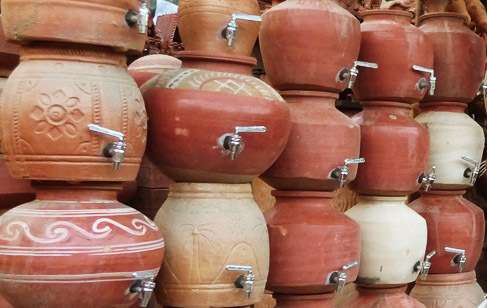
Disadvantages of clay pot water storage
Durability and fragility concerns
One of the main concerns when using clay pots for water storage is their durability and fragility. Compared to other materials such as plastic or stainless steel, clay pots can be more susceptible to breakage if mishandled or dropped. This fragility makes them less ideal for situations where rough handling or transport is involved.
Limited storage capacity
Another drawback of clay pot water storage is its limited storage capacity. Due to the nature of clay pots, they are typically smaller in size compared to other storage containers. This limitation may pose challenges for households or individuals requiring a larger water storage capacity, especially in areas with irregular or limited access to water sources.
Best practices for safe clay pot water storage
Choosing the right type of clay pot
To ensure the safety of clay pot water storage, it is essential to select pots made from high-quality, food-grade clay. These pots should be free from cracks, chips, or other visible damage that could compromise the integrity of the water storage process. Investing in pots from reputable manufacturers can reduce the risk of contaminants or impurities leaching into the water.
Cleaning and disinfection techniques
Regular cleaning and disinfection of clay pots are crucial to maintain water safety. Before initial use, it is recommended to soak the pot in clean water for a few hours to remove any residues or impurities. Additionally, cleaning with gentle soap and warm water, followed by thorough rinsing, can help eliminate any potential contaminants. Proper drying after cleaning is equally important to avoid mold or bacterial growth.
Comparing clay pot water storage with other methods
Benefits and drawbacks of plastic containers
Plastic containers offer the advantage of durability and larger storage capacity compared to clay pots. However, concerns about potential chemicals leaching into the water and the environmental impact of plastic waste make them less appealing for those seeking a more sustainable and natural water storage solution.
Pros and cons of stainless steel containers
Stainless steel containers provide a durable and long-lasting option for water storage. They are generally considered safe and do not impact the taste or quality of water. However, stainless steel can be relatively expensive, and its reflective surface may not offer the same cooling properties as clay pots. Additionally, stainless steel containers may not be readily available or affordable in certain regions.
Common misconceptions about clay pot water storage
Clay pot water storage and bacterial growth
One common misconception is that clay pot water storage promotes bacterial growth. While it is true that improper cleaning or storage conditions can increase the risk of bacterial contamination, following the recommended guidelines for cleaning and disinfection significantly minimizes this risk. With proper care, clay pot water storage can be as safe as other water storage methods.
Clay pot water storage and mineral leaching
Some people worry that minerals from the clay pots may leach into the water, affecting its taste or posing health concerns. However, the minerals present in clay are typically safe for consumption and do not significantly alter the water’s composition. The natural qualities of clay pots contribute to the preservation of the water’s taste and quality, making them a popular choice among those who appreciate the earthy and gentle flavor of water stored in clay.
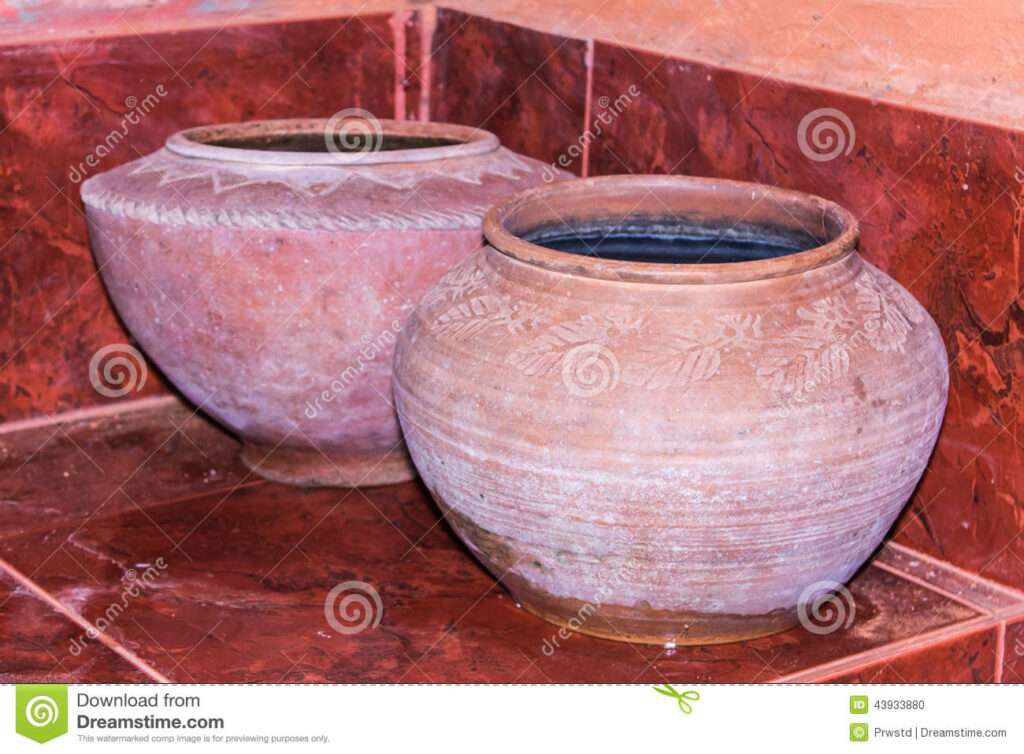
Studies and research on clay pot water storage
Scientific findings on clay pot water safety
Numerous scientific studies have been conducted to assess the safety and efficacy of clay pot water storage. These studies have consistently shown that when properly cleaned and maintained, clay pots can provide a safe and reliable water storage option. Research has also highlighted the benefits of clay pot water storage, such as its cooling properties and preservation of water quality.
Health implications of using clay pots for water storage
Regarding health implications, no significant negative impacts have been found when using clay pots for water storage. In fact, the absence of chemicals or artificial materials in clay pots makes them a healthier alternative to other storage methods that may introduce potential contaminants. However, it is essential to ensure proper cleaning and maintenance to avoid any possible health risks.
Guidelines and regulations for clay pot water storage
International standards and recommendations
Various international organizations, such as the World Health Organization (WHO) and the United Nations Children’s Fund (UNICEF), provide guidelines and recommendations for the safe use of clay pot water storage. These guidelines include proper cleaning procedures, recommendations for storage conditions, and the importance of selecting pots made from food-grade clay.
Local regulations and guidelines
In addition to international standards, local regulations and guidelines may exist regarding water storage practices. It is crucial to be aware of any specific regulations in your area and adhere to them to ensure the safety of clay pot water storage.
Tips for maintaining and prolonging the lifespan of clay pots
Storing clay pots properly
To prolong the lifespan of clay pots, it is essential to store them in a cool and dry environment, away from extreme temperatures or direct sunlight. Proper storage reduces the risk of cracks or damage to the pots, ensuring their continued usability and safety.
Avoiding common mistakes in clay pot maintenance
Common mistakes in clay pot maintenance include improper cleaning techniques, inadequate drying, or using the pots for purposes other than water storage. To avoid these mistakes, follow the recommended cleaning guidelines, thoroughly dry the pots after each use, and refrain from using them for other substances.
User experiences and testimonials about clay pot water storage
Positive feedback and stories from users
Many individuals who have used clay pot water storage praise its benefits, such as the refreshing taste, low maintenance, and more environmentally friendly approach compared to other methods. Users often appreciate the connection to traditional practices and find the process of using clay pots for water storage rewarding and fulfilling.
Potential challenges and drawbacks from personal experiences
While clay pot water storage has its advantages, it can present challenges and drawbacks based on personal experiences. Some users may find the limited storage capacity inconvenient or struggle with maintaining proper cleaning and maintenance routines. It is important to acknowledge these potential challenges and consider them when choosing the most suitable water storage method for your needs.
Conclusion
In conclusion, clay pot water storage can be a safe, sustainable, and refreshing method for storing and preserving water. When following proper cleaning and maintenance practices, the benefits of clay pot water storage, such as natural cooling properties and the preservation of water’s taste and quality, outweigh the potential drawbacks. However, it is crucial to consider the limited storage capacity and fragility of clay pots when determining the suitability of this method for your specific circumstances. Ultimately, the choice of water storage method depends on your individual needs, preferences, and local regulations.

